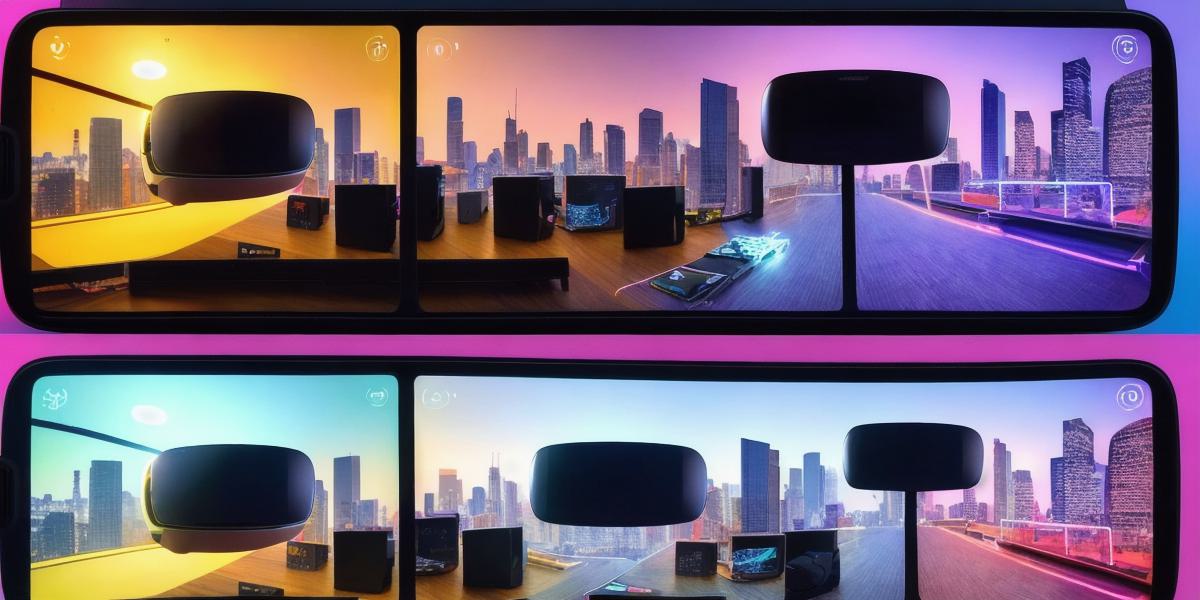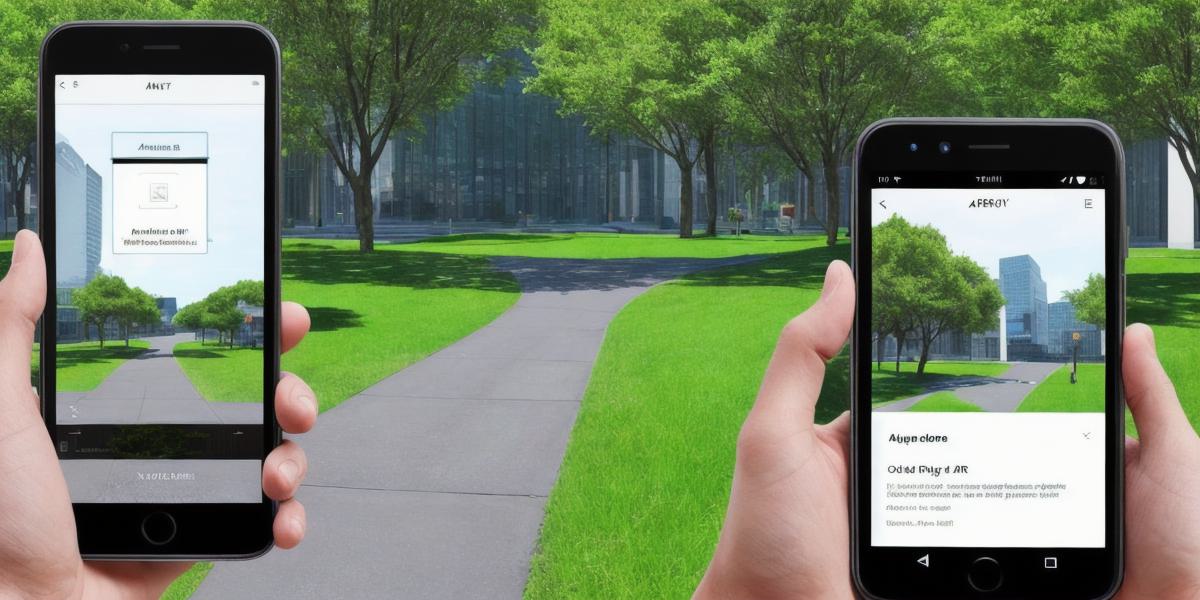Augmented reality (AR) and virtual reality (VR) are two emerging technologies that have captured the imagination of people worldwide. These immersive experiences provide a new way to interact with digital content, but what sets them apart? In this article, we will explore the key differences between AR and VR, and why developers should choose one over the other.
Virtual Reality: A Complete Immersive Experience
Virtual reality is a fully immersive experience that transports users into a computer-generated world. It requires specialized hardware such as headsets, sensors, and controllers to create a realistic environment that feels like being in a physical space. VR technology has been around for some time, but recent advancements in graphics, processing power, and ergonomic design have made it more accessible and affordable to consumers.
Virtual reality is perfect for applications that require a high level of interactivity, such as gaming, education, and training. It provides a realistic experience that can help users develop new skills or gain knowledge about complex topics. For example, surgeons can practice surgeries in a virtual environment before performing them on real patients.
Augmented Reality: A Partial Immersive Experience
Augmented reality, on the other hand, is a partial immersive experience that overlays digital content onto the real world. AR technology uses cameras and sensors to track the user’s location and environment, allowing them to interact with digital objects in a more natural way. AR experiences are not fully immersive like VR, but they provide a more practical and convenient way to access information.
Augmented reality is perfect for applications that require users to access information on the go, such as mobile apps, e-commerce, and marketing. For example, IKEA’s AR app allows customers to visualize furniture in their homes before making a purchase.
Why Choose Augmented Reality or Virtual Reality?
The choice between AR and VR ultimately depends on the application requirements and user needs. VR is ideal for applications that require a fully immersive experience, such as gaming and education. On the other hand, AR is perfect for applications that require users to access information in a more practical and convenient way, such as mobile apps and e-commerce.
Developers should also consider the cost and complexity of implementing AR or VR technology. VR requires specialized hardware and software, which can be expensive and time-consuming to develop. AR, on the other hand, can be implemented using existing technologies such as smartphones and tablets, making it more accessible and affordable.
FAQs
- What is the difference between augmented reality and virtual reality?
AR overlays digital content onto the real world, while VR transports users into a computer-generated world. - When should I choose augmented reality or virtual reality?
Choose AR for practical and convenient applications, such as mobile apps and e-commerce, and choose VR for fully immersive experiences, such as gaming and education. - What kind of hardware and software do I need to implement AR or VR technology?
AR can be implemented using existing technologies such as smartphones and tablets, while VR requires specialized hardware and software. - Is AR or VR better for developing new skills or gaining knowledge?
Both AR and VR can be used to develop new skills and gain knowledge, but VR provides a more realistic experience that feels like being in a physical space. - What are some real-life examples of AR and VR applications?
AR: IKEA’s AR app allows customers to visualize furniture in their homes before making a purchase. VR: Surgeons can practice surgeries in a virtual environment before performing them on real patients.




